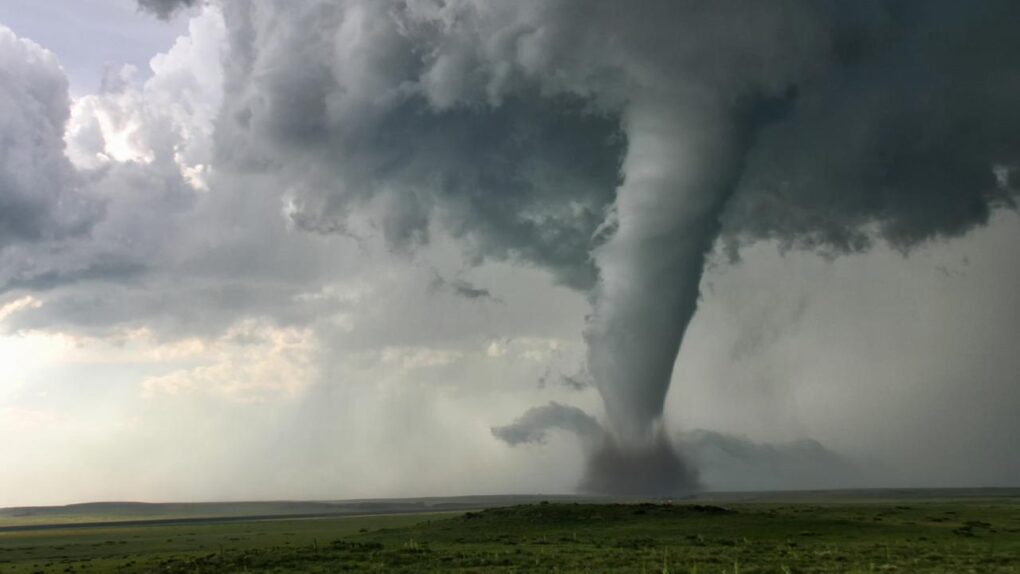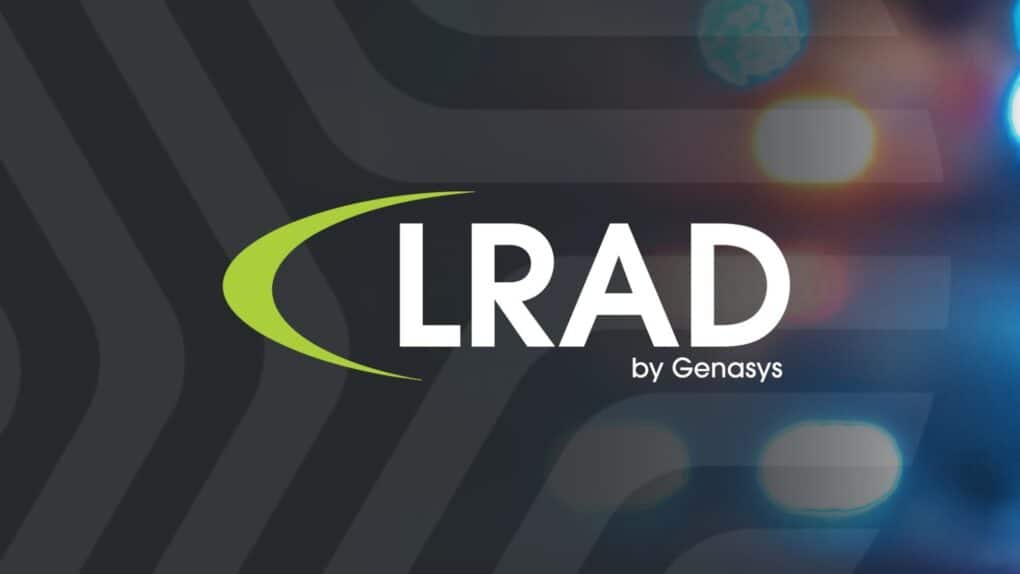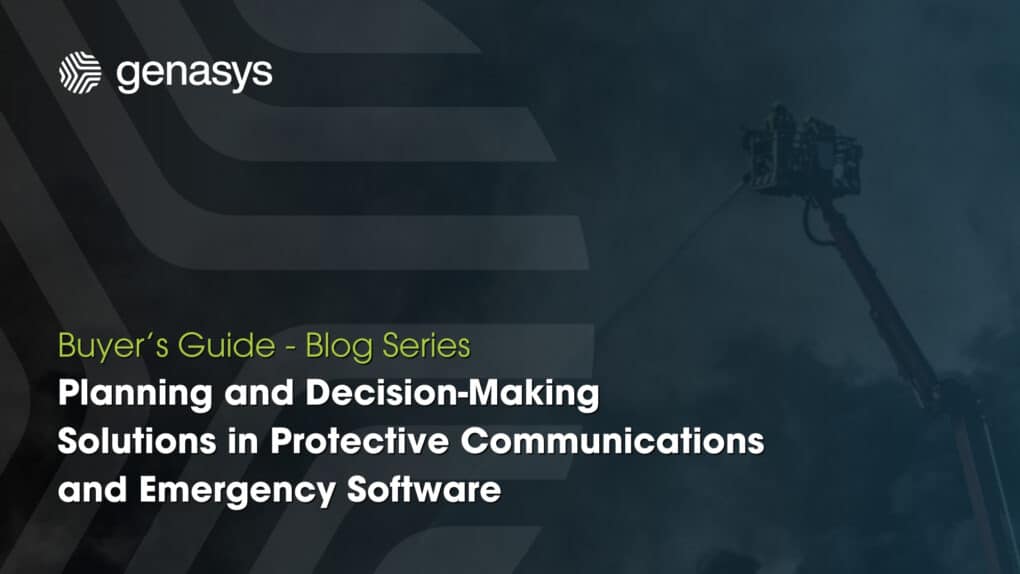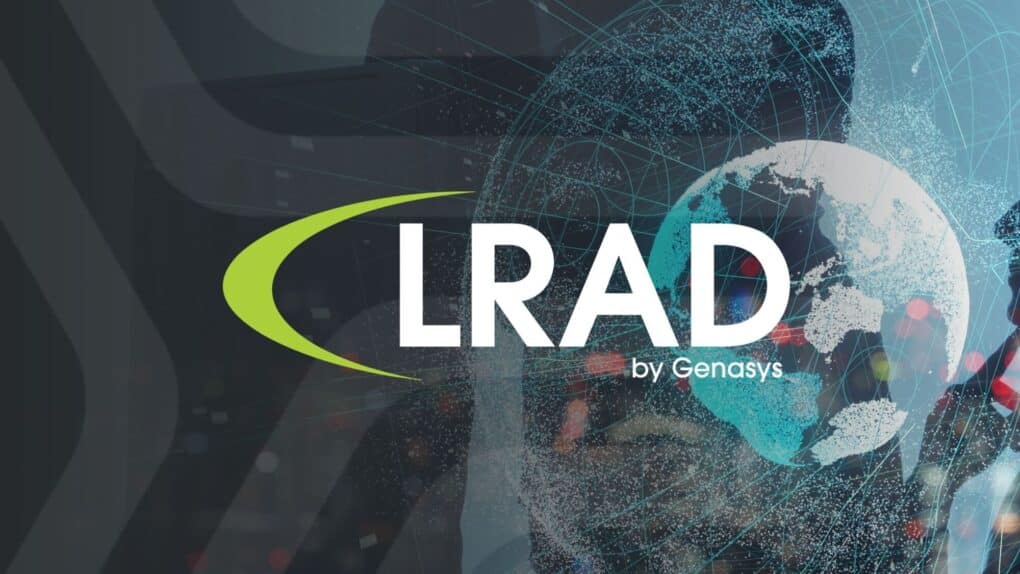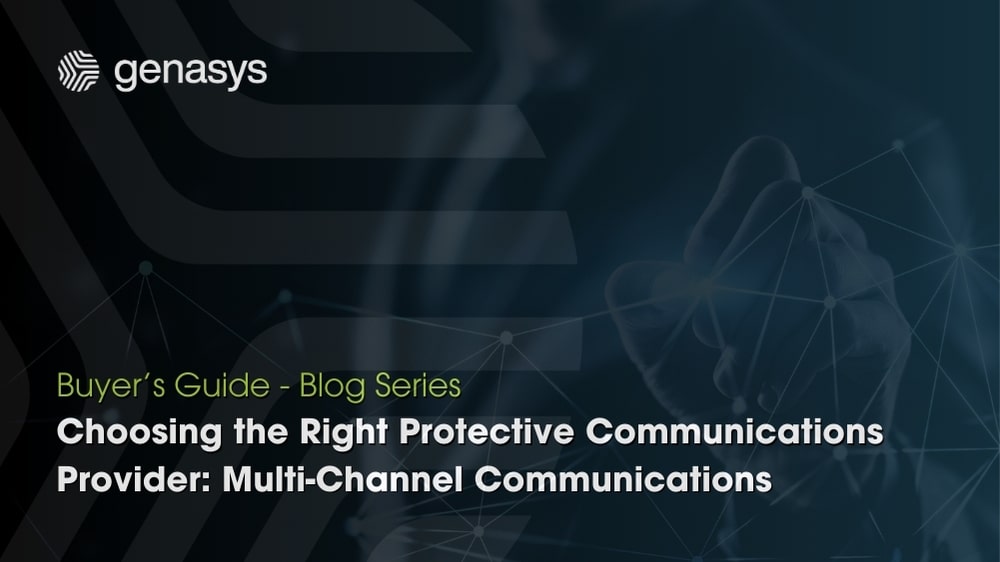The delicate balance between upholding the right to peaceful protest and ensuring the safety of the community is a constant challenge for law enforcement and public safety officials. A recent situation at Columbia University in New York City highlights this complexity.
The university president sent a letter to the New York Police Department requesting support in dealing with pro-Palestinian protesters who had set up an encampment on campus in violation of university policies. In the letter sent by President Minouche Shafik, it stated: “We understand that the first step in this process will be for NYPD to use its LRAD technology to inform the participants in the encampment that they must disperse and give them time to leave prior to taking any additional action.” The letter sparked discussion about the appropriate methods for managing such situations.
Understanding the Landscape
Universities have traditionally been hubs for free speech and open discourse. Protests are a common way for students and faculty to express their views on social and political issues. However, these protests must be peaceful and adhere to university regulations, which often designate specific areas for demonstrations and prohibit activities that disrupt daily operations or pose safety risks.
In this case, the encampment likely violated those regulations. The university has a responsibility to enforce its policies, maintain safety, and restore order while also respecting the right to peaceful assembly. This requires a measured approach that prioritizes dialogue and de-escalation.
Prioritizing Peaceful Resolutions Requires Clear Communication
For police and first responders, the primary concern in any protest situation is ensuring the safety of all involved – protesters, counter-protesters, bystanders, and law enforcement personnel.
LRAD technology, which broadcasts audible voice communications with exceptional clarity from close range out to several hundred meters, can be used following a clear escalation protocol that prioritizes de-escalation tactics.
By ensuring law enforcement’s warnings, commands and notifications are clearly heard and understood during protests and other large crowd events, LRAD systems help minimize miscommunication and de-escalate potentially volatile situations
Open communication with protest organizers, adherence to designated protest zones, and a visible but restrained law enforcement presence are often more effective in maintaining order and safety.
Collaboration is Key
Universities, law enforcement, and community leaders can work together to establish clear guidelines for protests on campus grounds. This can involve designated protest areas, pre-approved amplification levels, and a communication plan for addressing potential disruptions.
By fostering open communication and mutual respect, all parties can create an environment where peaceful demonstrations can take place while ensuring the safety of the university community.
Conclusion
The situation at Columbia University highlights the complexities of managing protests. With peaceful resolutions always the primary objective, ensuring law enforcement’s warnings, commands and notifications are clearly heard and understood is essential. Through collaboration, communication and preparedness, police and first responders can help ensure the safety of all involved in protests and large crowd events.
